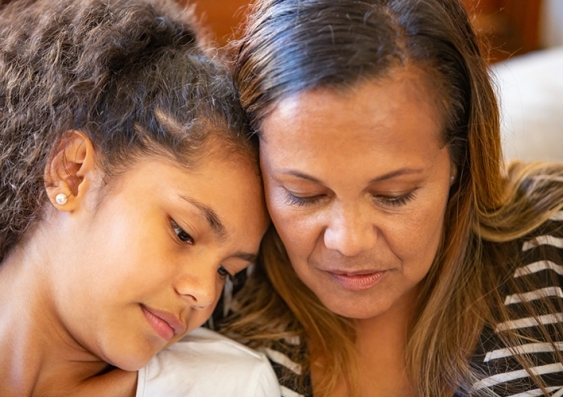Could the Senate inquiry into murdered Indigenous women and children prevent future deaths?
Last week, the Senate inquiry into missing and murdered Indigenous women and children found Indigenous women are eight times more likely to be murdered. What needs to happen?


